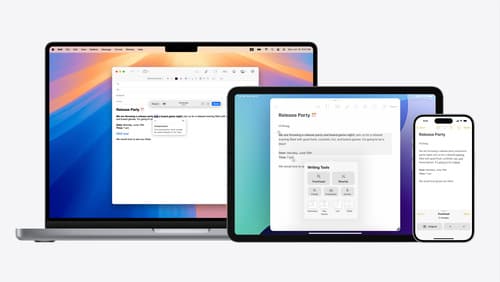How can i create spms with docc that can be web page
Asked on 2024-08-02
1 search
To create Swift Package Manager (SPM) packages with DocC that can be displayed as web pages, you can follow the guidance provided in the session "Evolve your document launch experience" from WWDC 2024. This session covers how to enhance document-based apps, which can be relevant when working with documentation in SPM packages.
Here are the steps you can follow:
-
Create a Swift Package: Start by creating a Swift package using the Swift Package Manager. You can do this via Xcode or the command line.
-
Add DocC Documentation: Include DocC documentation in your Swift package. DocC allows you to create rich documentation for your code, which can be rendered as web pages.
-
Generate Documentation: Use the
swift-docctool to generate the documentation. This tool converts your DocC documentation into static HTML files that can be hosted on a web server. -
Host the Documentation: Once you have the HTML files, you can host them on any web server. GitHub Pages is a popular choice for hosting static websites, including documentation.
For more detailed guidance on creating and customizing document-based apps, you can refer to the session Evolve your document launch experience (02:18).
Relevant Sessions
If you need more specific details or have further questions, feel free to ask!

Customize spatial Persona templates in SharePlay
Learn how to use custom spatial Persona templates in your visionOS SharePlay experience to fine-tune the placement of Personas relative to your app. We’ll show you how to adopt custom spatial Persona templates in a sample app with SharePlay, move participants between seats, and test your changes in Simulator. We’ll also share best practices for designing custom spatial templates that will make your experience shine.

Unlock the power of places with MapKit
Discover powerful new ways to integrate maps into your apps and websites with MapKit and MapKit JS. Learn how to save and reference unique places using Place ID. Check out improvements to search that make it more efficient to find relevant places. Get introduced to the new Place Card API that lets you display rich information about places so customers can explore destinations right in your app. And, we’ll show you quick ways to embed maps in your website with our simplified token provisioning and Web Embed API.

Get started with Writing Tools
Learn how Writing Tools help users proofread, rewrite, and transform text in your app. Get the details on how Writing Tools interact with your app so users can refine what they have written in any text view. Understand how text is retrieved and processed, and how to support Writing Tools in custom text views.
